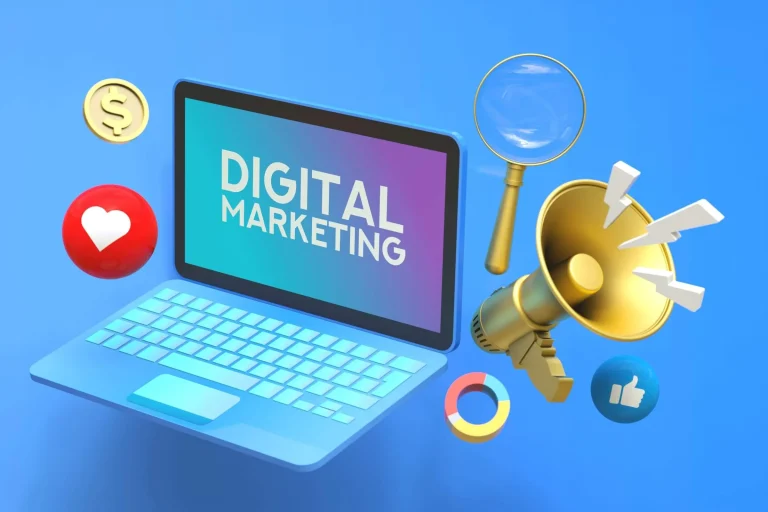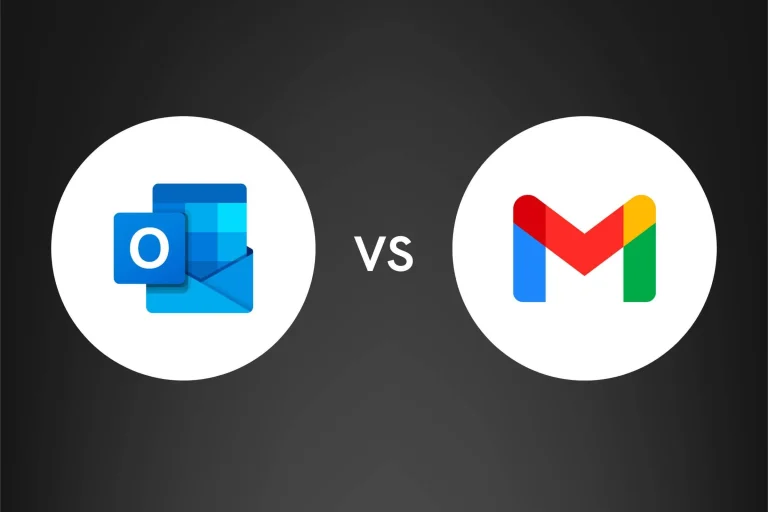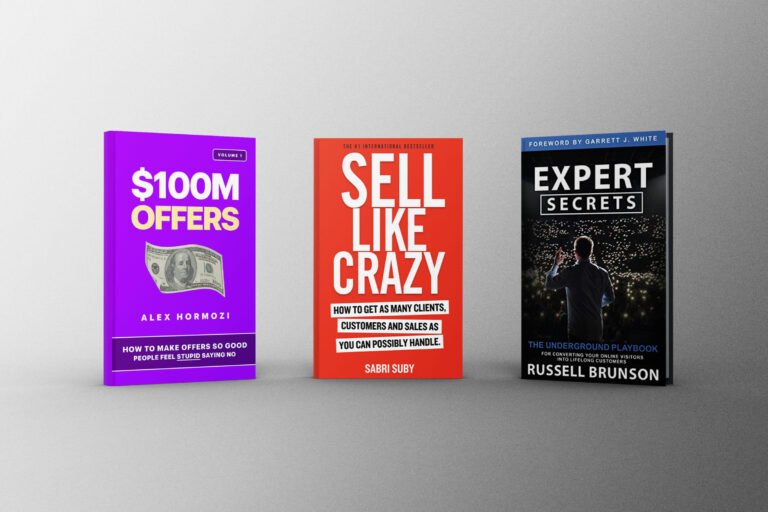Inbound marketing is a powerful asset for any business looking to grow and make an impact on its customers. It focuses on creating content that pulls people in rather than pushing it out to them. Creating content tailored to your customer’s needs can attract more potential customers and generate higher revenue. This blog post will discuss what inbound marketing is, why it’s important, and how you can get started with it. We’ll also provide tips on ensuring your inbound marketing efforts are successful. So let’s dive right into what inbound marketing is all about!
What is Inbound Marketing?
Inbound marketing is a marketing strategy focusing on finding potential customers rather than actively seeking them out. Inbound marketing draws customers to your company and product rather than pushing your brand out to them.
To get found by customers, inbound marketing relies heavily on creating and distributing high-quality content that solves the problems of your target audience. Once you have built up a strong foundation of content, you can then use other digital marketing channels to attract even more website visitors and convert them into leads and customers.
Some common inbound marketing activities include blog writing, SEO, social media promotion, and lead conversion through landing pages and forms. By driving targeted traffic to your website and providing them with helpful content, you can turn strangers into happy customers who keep coming back for more.
The Different Types of Inbound Marketing
Inbound marketing is a term that covers a wide range of marketing activities. It can be difficult to know where to start when it comes to inbound marketing, but luckily there are a few different types of inbound marketing that can be used to attract customers and grow a business.
One type of inbound marketing is content marketing. Content marketing is all about creating useful, relevant, and engaging content that will attract attention and interest from potential customers. This could include blog posts, articles, infographics, videos, or anything else that would be interesting and helpful to your target audience.
Another type of inbound marketing is social media marketing. This involves using social media platforms like Twitter, Facebook, and LinkedIn to connect with potential customers and promote your business. This could involve sharing helpful content, participating in discussions, or running social media ads.
Finally, email marketing is another type of inbound marketing that can be used to reach potential customers. Email marketing involves sending out newsletters, special offers, or other types of email communications to people who have signed up to receive them. This is a great way to stay top-of-mind with potential customers and build relationships over time.
Inbound marketing methodology
Inbound marketing is a methodology that focuses on creating and distributing valuable, relevant, and consistent content to attract and retain a clearly defined audience — and, ultimately, to drive profitable customer action.
To achieve this, inbound marketing relies on four key pillars:
Attract:
Get found by more prospects through search engine optimisation (SEO), blogging, social media, and other forms of content marketing.
Engage:
Turn strangers into visitors, visitors into leads, and leads into customers with the help of targeted content that speaks to their specific pain points.
Convert:
Nurture your leads with personalised content that guides them along their buyer’s journey until they’re ready to purchase.
Close:
Measure and analyse your results to improve your inbound marketing strategy.
What is the Difference Between Inbound and Outbound Marketing?
Inbound marketing is a type of marketing that focuses on creating and sharing content that draws people in rather than going out and actively seeking customers. On the other hand, outbound marketing is a more traditional form of marketing involving things like advertising and cold-calling.
So, what’s the difference between inbound and outbound marketing? Here are some key points:
- Inbound marketing is about attracting customers to you, while outbound marketing is about going out and finding customers.
- Inbound marketing relies heavily on content (such as blog posts, ebooks, and infographics), while outbound marketing relies more on paid methods (such as ads and email blasts).
- Inbound marketing takes a more holistic approach to the customer journey, while outbound marketing tends to be more transactional.
In general, inbound marketing is more effective than outbound marketing because it’s more targeted and less intrusive. Plus, with inbound marketing, you build relationships with potential customers from the start, which can lead to better long-term results.
Benefits of Inbound Marketing
Inbound marketing is a type of marketing that focuses on creating and distributing valuable content to attract and convert potential customers.
There are many benefits of inbound marketing, including:
- Increased website traffic: Inbound marketing techniques can help increase the number of visitors to your website and the quality of traffic. This can be done by optimising your website for search engines and creating compelling content that draws people in.
- More leads and conversions: By providing potential customers with helpful information at every stage of their journey, inbound marketing can help you generate more leads and conversions.
- Improved brand awareness and perception: Creating informative and engaging content helps to improve how potential customers perceive your brand. Inbound marketing can also build trust and credibility for your business.
- Lower costs: Inbound marketing tends to be more effective and efficient than traditional outbound marketing techniques, resulting in lower costs overall.
- Increased ROI: Because inbound marketing generates higher quality leads that are more likely to convert, it typically results in a higher ROI than other marketing strategies.
- Better customer relationships: By creating content tailored to your target audience’s needs, inbound marketing can help you build strong and meaningful relationships with customers.
What Activities are Included in Inbound Marketing?
Inbound marketing is a comprehensive approach to marketing that includes many different activities. The most common inbound marketing activities include content creation, SEO, social media, and email marketing.
Content creation is the process of creating compelling, relevant, and useful content that attracts attention and drives traffic. This can include blog posts, ebooks, infographics, case studies, videos, and more.
SEO optimises your website and content for Google search to earn higher rankings and drive organic traffic.
Social media marketing uses platforms like Facebook, Twitter, LinkedIn, and Instagram to build relationships with potential and current customers.
Email marketing is sending targeted emails to a list of subscribers to promote a product or service or simply nurture a relationship.
Other inbound marketing activities include paid ads, webinars, and PR campaigns.
Inbound Marketing Strategies
Inbound marketing is a type of marketing that focuses on creating and distributing content that attracts customers to your company or brand. Inbound marketing strategies typically include content creation, SEO, social media, and email marketing.
Content Creation:
Creating high-quality, valuable content is the first step in any inbound marketing strategy. This content can come in many forms, such as blog posts, eBooks, infographics, case studies, webinars, etc. The goal is to create interesting and useful content for your target audience so they will want to learn more about your company or product.
SEO:
Once you have created great content, you must ensure people can find it! This is where SEO comes in. Optimising your website and content for search engines can increase your chances of showing up in search results and getting more traffic to your site.
Social Media:
Sharing your content on social media is a great way to get it in front of more people. Social media also allows you to build relationships with potential and current customers.
Email Marketing:
Email marketing can be a powerful tool for reaching out to customers and prospects. You can use email newsletters to share new blog posts or promote special offers.
These are just a few of the many inbound marketing strategies you can use to increase visibility, engage customers, and generate more leads.
How to Implement an Effective Inbound Strategy
Assuming you have a general understanding of what inbound marketing is, the following will provide a framework for formulating an effective strategy.
The first step is identifying your target market and understanding their needs and wants. This can be done through market research, surveys, interviews, etc. Once you grasp this, you can create targeted content that speaks to these needs and wants. This could be in the form of blog posts, eBooks, webinars, etc.
Promoting this content across various channels where your target market is active is also important. This could include social media, forums, guest blogging, etc. In addition, you’ll want to make sure your branding is consistent across all channels.
Once people engage with your content, it’s important to capture leads by requiring contact information from them (e.g. name and email address). You can then nurture these leads through automated email campaigns that provide more valuable content until they’re eventually ready to buy from you.
Of course, all of this needs to be tracked so you can see what’s working and what isn’t. Adjust your strategy accordingly and continue fine-tuning it over time.
Analysing and Tracking Results From Your Campaigns
Analysing and tracking results from your campaigns is one of the most important aspects of inbound marketing. By understanding which campaigns are performing well and which ones need improvement, you can make necessary changes to ensure that your marketing efforts are as effective as possible.
There are many different metrics that you can track to assess the performance of your campaigns. Some of the most important ones include website traffic, leads generated, conversion rate, and cost per lead.
Website traffic can be tracked using Google Analytics or other similar tools. This will give you an idea of how many people are seeing your campaign content and whether or not they are taking action on it.
Leads generated can be tracked through your CRM system or by looking at the number of people who fill out contact forms on your website. Again, this will help you understand how effectively your campaigns generate interest from potential customers.
Conversion rate measures the percentage of people who take a desired action after viewing your campaign content. This could be signing up for a newsletter, downloading a white paper, or purchasing. Tracking conversion rates will help you see which content types are most effective at achieving your goals.
Cost per lead is another important metric to track, especially if you use paid advertising as part of your inbound marketing strategy. This metric measures how much it costs to generate a single lead through your campaign activities. By tracking this metric, you can ensure that you are getting the most bang for your buck.
By analysing and tracking the results of your campaigns, you can make necessary changes to ensure that your marketing efforts are as effective as possible. This will help you to improve the ROI of your inbound marketing activities and ensure that you get the best return on investment from all of your efforts.
Alternatives to Inbound Marketing
Inbound marketing is not the only way to market your business. Many alternatives can be just as effective, if not more so; here are a few of the most popular:
- Traditional marketing: This includes things like print ads, TV and radio commercials, and direct mail. While it can be more expensive than inbound marketing, it can also reach a wider audience.
- Outbound marketing: It is the opposite of inbound marketing and focuses on interrupting people with advertising instead of attracting them with content. It can be effective, but it’s also more likely to turn people off.
- Content marketing: This is similar to inbound marketing, but instead of focusing on attracting strangers, it focuses on creating valuable content for your existing customers and fans.
- Social media marketing: This uses social media platforms like Facebook, Twitter, and LinkedIn to build relationships and connect with potential and current customers.
Conclusion
Inbound marketing is a great tool for businesses of all sizes. It can help you to reach your target market, build relationships with potential customers, and increase conversions. By creating valuable and relevant content for your audience, you can quickly establish yourself as an industry leader and draw more people into your sales funnel. With the right strategies in place, you’ll be sure to make the most out of every opportunity available with inbound marketing.















